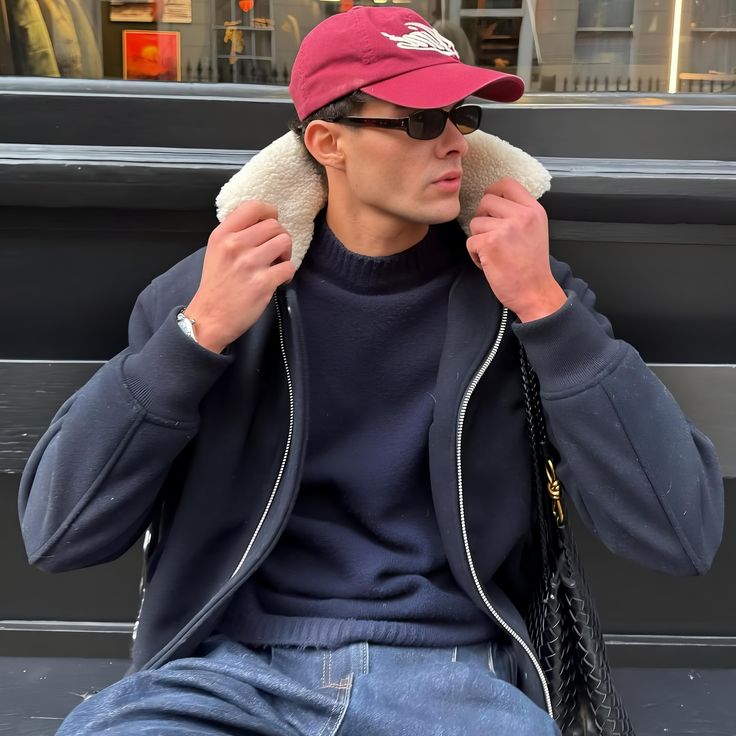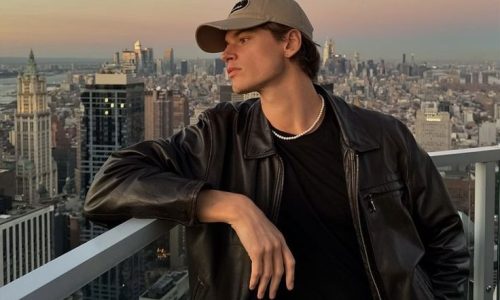
Global Runway Report: Fashion Trends Around the World
Introduction
Fashion knows no borders. As designers, stylists, and trendsetters across continents continue to redefine style, the global runway becomes a vibrant canvas of culture, creativity, and innovation. From Tokyo’s tech-infused couture to Paris’ classic sophistication, the diversity of fashion narratives weaves a rich tapestry that reflects not only personal expression but also the socio-cultural shifts shaping each region. This comprehensive article explores emerging and dominant fashion movements across the globe in 2025, diving deep into regional aesthetics, cultural revivals, and future-forward concepts that are dominating international runways.
The Evolution of European Elegance
Europe has long been the heartbeat of high fashion. In 2025, European designers are balancing tradition with modernity, creating collections that pay homage to iconic tailoring while integrating sustainable fabrics and avant-garde cuts. In Italy, Milan’s runways showcase a renaissance of artisanal craftsmanship, with hand-embroidered silks and intricate lace detailing gaining prominence. Meanwhile, in France, Paris remains the epicenter of luxury, where heritage houses like Dior and Chanel reimagine archival pieces with bold silhouettes and color palettes inspired by abstract art.
Across the United Kingdom, fashion reflects an ethos of rebellion and refinement. British designers are experimenting with juxtaposition—think punk-inspired tartans paired with tailored trench coats or Victorian ruffles alongside contemporary streetwear. This layering of eras is reflective of London’s unique ability to merge historical richness with urban edge, a theme that continues to resonate in editorial spreads and fashion weeks alike.
Scandinavian countries are championing minimalist aesthetics with a sustainable twist. In Denmark and Sweden, the emphasis lies in creating garments with longevity, favoring timeless designs in neutral tones made from recycled materials. This conscious approach does not compromise creativity; instead, it elevates fashion to a realm where form meets function seamlessly.
The Rise of Asian Avant-Garde
Asia’s fashion capitals are pulsating with innovation and cultural pride. Tokyo, always ahead of the curve, is redefining streetwear with a blend of futuristic fabrics, digital design techniques, and anime-inspired motifs. Designers are pushing boundaries with garments that light up, change color with temperature, or integrate smart technology, turning clothing into interactive experiences.
In Seoul, Korean fashion continues to dominate global markets with its sleek silhouettes, asymmetrical cuts, and gender-fluid collections. The influence of K-pop and K-drama aesthetics is evident, but there’s a deeper movement toward redefining elegance through deconstruction. Seoul’s runways are marked by pieces that challenge conventional structure—layered blazers, oversized trousers, and hybrid outerwear that blend functionality with high-concept design.
China’s fashion scene is undergoing a renaissance fueled by a new generation of designers reclaiming cultural identity. Hanfu-inspired garments, reinterpreted through a contemporary lens, are making strong appearances on the runway. Embroideries, silk brocades, and traditional cuts are married with modern tailoring and minimalist sensibilities, creating a powerful dialogue between past and future.
South and Southeast Asia are also witnessing an exciting sartorial surge. Indian designers are introducing couture that blends heritage textiles like khadi and Banarasi silk with Western silhouettes, appealing to global audiences. In Vietnam and Indonesia, young creatives are spotlighting local craftsmanship—batik, embroidery, and handweaving—repackaged in bold, runway-ready forms.
The American Remix of Style and Substance
In North America, fashion in 2025 reflects a confluence of cultural commentary and stylistic boldness. New York remains a powerhouse, where diversity takes center stage. Designers of all backgrounds are rewriting the American fashion narrative, incorporating stories of migration, identity, and resistance into their garments. Streetwear maintains its grip, but now with elevated tailoring and sophisticated palettes that bring couture elements to casualwear.
Los Angeles continues to champion relaxed luxury, where comfort does not mean compromising on design. Think silk tracksuits, oversized knitwear in earth tones, and vegan leather jackets. The focus on sustainable practices is evident as more brands adopt upcycling and biodegradable textiles as part of their creative process.
Canada’s fashion voice is growing louder, with designers emphasizing inclusion, innovation, and environmental ethics. Collections are not only gender-neutral but also seasonless, challenging the traditional fashion calendar. Indigenous designers are particularly making waves, infusing storytelling and ancestral motifs into contemporary designs that speak to both cultural preservation and aesthetic relevance.
In Latin America, fashion is deeply rooted in identity and color. From Mexico City’s bold reinterpretation of folkloric elements to Brazil’s celebration of tropical modernism, the fashion narrative is rich and diverse. Designers are experimenting with natural dyes, sustainable textiles, and traditional techniques, bringing a fresh vibrancy to global fashion conversations.
Africa’s Cultural Renaissance on the Runway
African fashion is undergoing a transformative era, stepping boldly into the global spotlight. In Nigeria, Lagos Fashion Week has become a beacon for innovation, where designers merge Afrocentric prints with Western cuts, creating garments that exude power, pride, and originality. The continent is seeing a surge in homegrown luxury, with brands that emphasize ethical sourcing and community-based production.
South Africa’s fashion identity continues to be one of fusion—melding historical influences with contemporary street style. Designers are drawing inspiration from political history, urban landscapes, and indigenous patterns to create bold visual statements. Sustainability and social impact are at the core of many brands, as the continent redefines what it means to be both fashionable and responsible.
In East Africa, particularly Kenya and Ethiopia, fashion collectives are gaining international recognition for their commitment to eco-conscious design and storytelling. Natural fibers, hand-dyeing techniques, and local artistry are central to the aesthetic, which favors earthy palettes and organic silhouettes. The fusion of tradition with future-thinking design positions African fashion as a major force in reshaping the global industry.
Oceania’s Eco-Chic and Island Identity
Australia and New Zealand are carving out a niche that blends laid-back sensibility with high-end craftsmanship. In 2025, the spotlight is on fashion that respects nature while embracing individuality. Brands are turning to marine-friendly materials, plant-based dyes, and biodegradable packaging to minimize environmental impact. The aesthetic is relaxed yet refined, with flowing linens, structured resort wear, and coastal color palettes leading the trend.
Indigenous Australian and Maori designers are gaining international acclaim for integrating cultural heritage into modern fashion frameworks. Their work often features traditional motifs, ethical sourcing, and collaborative craftsmanship, ensuring that the spirit of the land and people is honored through design. This cultural consciousness, paired with a growing interest in ethical fashion, defines Oceania’s contribution to the global runway.
Fashion Forward: A Unified Yet Diverse Future
As the world becomes more interconnected, fashion is reflecting a global consciousness that values heritage, inclusivity, and innovation. While each region offers unique perspectives and aesthetics, there is a shared momentum toward sustainability, technology integration, and cultural storytelling. The global runway is not just a space for trends—it’s a mirror of the human experience, shaped by past traditions and future possibilities.
In 2025 and beyond, expect fashion to continue breaking boundaries, not just in style but in purpose. Designers are using clothing as a platform for activism, identity, and unity. Whether it’s a handwoven African dress, a high-tech Tokyo jacket, or a minimalist Scandinavian suit, every garment tells a story. And in this evolving fashion landscape, those stories are more important—and more beautiful—than ever.


